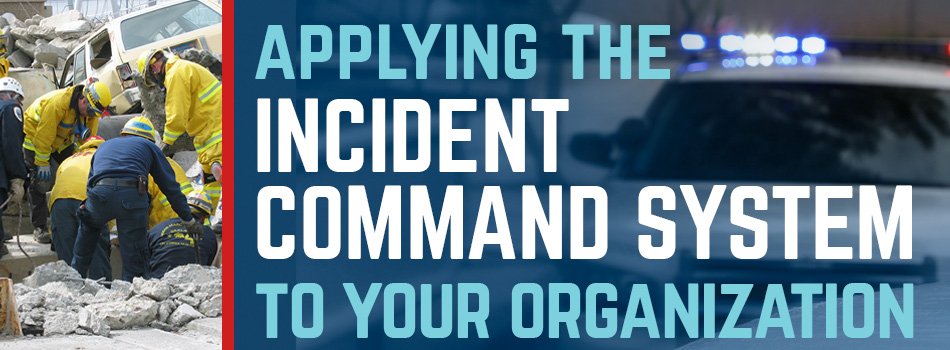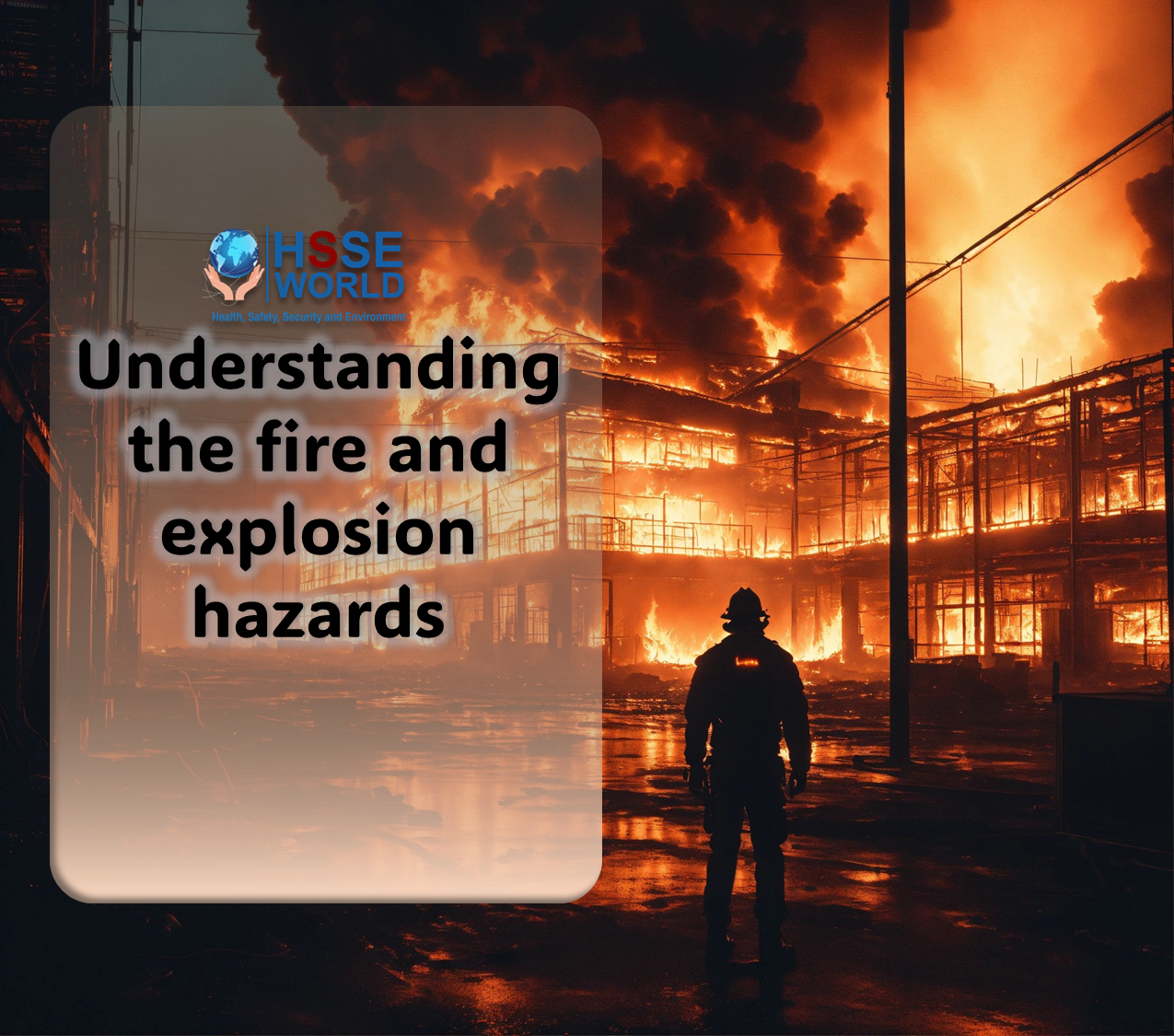What Is Incident Command System (ICS)?

ICS is the model tool for command, control, and coordination of response and provides a means to coordinate the efforts of individual agencies as they work toward the common goal of stabilizing the incident and protecting life, property, and the environment. ICS uses principles that have been proven to improve efficiency and effectiveness in a business setting and applies the principles to emergency response.

Why do you need to know about ICS?
We live in a complex world in which responding to emergencies, from single-car accidents to large-scale disasters, often requires cooperation among several organizations. In emergencies, you’ll work with other agencies both public and private who respond to the incident. Given the current movement toward using an ICS structure for emergency response, it is likely, therefore, that you will function in an ICS environment. In an emergency, you may be working with many different agencies who do not normally work together. Thus, emergency incident response operations are not “business as usual.”
This unit will provide you with information that you will need to work in an ICS environment, including the rationale for using ICS and how ICS can be used to manage all types of incidents. It also will describe the basic ICS organization, how ICS can form the basis for an effective emergency management system, and how ICS can enhance EOC operations.
When Is ICS Used?
ICS has been proven effective for responding to all types of incidents, including:
- Hazardous materials (HazMat) incidents.
- Planned events (e.g., celebrations, parades, concerts, official visits, etc.).
- Response to natural hazards.
- Single and multiagency law enforcement incidents.
- Lack of comprehensive resource management strategy.
- Fires.
- Incidents involving multiple casualties.
- Multijurisdictional and multiagency incidents.
- Air, rail, water, or ground transportation accidents.
- Wide-area search and rescue missions.
- Pest eradication programs.
- Private sector emergency management programs.
Federal law requires the use of ICS for a response to HazMat incidents. The many States are adopting
ICS as their standard for responding to all types of incidents. ICS has been endorsed by the American Public Works Association and the International Association of Chiefs of Police and has been adopted by the National Fire Academy as its standard for incident response. ICS is included in the National Fire Protection Association (NFPA) “Recommended Practice for Disaster Management” (NFPA1600). ICS is also part of the National Interagency Incident Management System (NIIMS).
ICS History
ICS was developed in the 1970s in response to a series of major wildland fires in southern California. At that time, municipal, county, State, and Federal fire authorities collaborated to form the Firefighting Resources of California Organized for Potential Emergencies (FIRESCOPE). FIRESCOPE identified several recurring problems involving multiagency responses, such as:
- Nonstandard terminology among responding agencies.
- Lack of capability to expand and contract as required by the situation.
- Nonstandard and nonintegrated communications.
- Lack of consolidated action plans.
- Lack of designated facilities.
Efforts to address these difficulties resulted in the development of the original ICS model for effective incident management. Although originally developed in response to wildfires, ICS has evolved into an all-risk system that is appropriate for all types of fire and non-fire emergencies. Much of the success of ICS has resulted directly from applying:
- A common organizational structure.
- Key management principles in a standardized way.
- The remainder of this unit will introduce these concepts and principles.
ICS ORGANIZATION
Many incidents whether major accidents (such as HazMat spills), minor incidents (such as house fires and utility outages), or emergencies, and major disasters (such as tornadoes, hurricanes, and earthquakes) require a response from a number of different agencies. Regardless of the size of the incident or the number of agencies involved in the response, all incidents require a coordinated effort to ensure an effective response and the efficient, safe use of resources.
To understand this concept better, review the examples of incidents that are included on the next page and record the agencies that probably would be involved in each incident and the resources that each agency would offer.
Example 1: A multicar traffic accident has occurred, in which two people have been injured. There is potential damage to a bridge abutment.
Example 2: A water main break has disrupted all major utilities. The break has caused local flooding of a major road and several local businesses.
Example 3: High winds from a coastal storm have caused widespread loss of electricity and have left debris cluttering most of the roads in a 50 square-mile area. Several electric wires have been knocked down and are lying across the roadway. Damage is so widespread that the electric company expects that it will take several days to repair the damage. The wind chill for the area is expected to be below zero degrees during that timeframe.


As you can see from reviewing the examples, no single agency or department can handle an emergency situation of any scale alone. Everyone must work together to manage the emergency.
To coordinate the effective use of all of the available resources, agencies need a formalized management the structure that lends consistency, fosters
efficiency, and provides direction during a response.
The ICS organization is built around five major components:
- Command.
- Planning.
- Operations.
- Logistics.
- Finance/Administration.
The relationship between these components is shown in the graphic below.
















